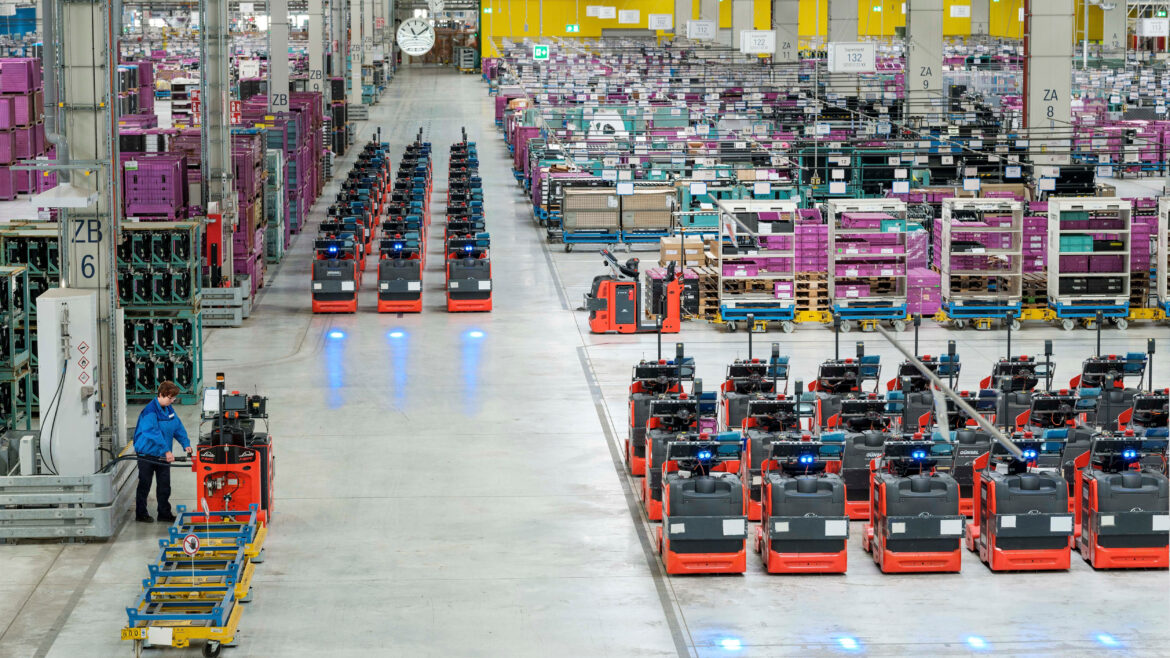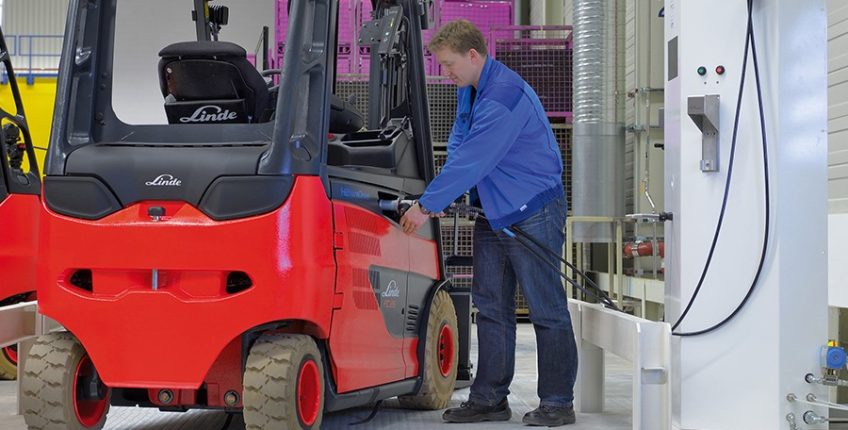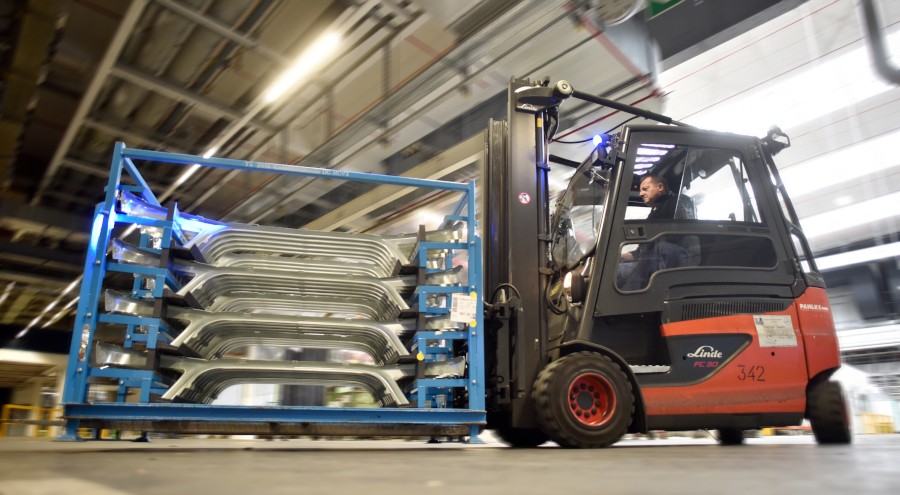The use of fuel cells offers numerous operational advantages in intralogistics, for example, in production or retail operations. Among these are significant productivity gains, shorter refueling times, a smaller footprint of the hydrogen infrastructure compared to battery swap stations, and the elimination of power load peaks are possible. Fuel cells also have significant advantages for moving heavy loads, such as in port logistics or at the airport.
The goal in the NIP is to create a supply of marketable, sufficiently integrated fuel cells for the major equipment categories. This requires the development, testing, technical validation, and the market launch of highly efficient intralogistics transport systems based on specially developed fuel cell technology.
The suitability for everyday use of smaller industrial trucks with fuel cell drives in fleet applications has been successfully demonstrated within the scope of the NIP. Currently, however, there is still a lack of choice in fuel cell systems. For example, there is no European player on the market with significant quantities. Further R&D work conducted under the NIP should create the supplier structure necessary for hydrogen and fuel cell technology to become technically and economically competitive.
Heavy-duty vehicles with a payload of more than 5 tons, on the other hand, require more powerful fuel cells and have tremendous ecological and economic potential for applications such as in airport or shipping port environments. The NIP activities are geared to improve the availability of these applications and thus create the possibility for complete decarbonization of logistics operations. In addition, the use of fuel cell-based intralogistics applications can act as an enabler, e.g. for the entry into hydrogen-based aviation and shipping.
Industrial trucks can be refueled outdoors and indoors within around 3-5 minutes. Hydrogen can be supplied via pipelines on the roof or underground. It can be delivered in bulk on special trailers, prospectively by pipeline, or produced on site via electrolysis. Synergy effects with hydrogen use in distribution logistics (commercial vehicles) or industrial production can have a positive impact on economic efficiency.
Cross-reference Cluster Activities:
NIP activities are concerned with lowering market entry barriers through application-oriented research and development, also with regard to standardization and digitalization. These activities are supported by existing stakeholder networks: From the industry side, intralogistics with hydrogen and fuel cells is being advanced within the scope of the Clean Intralogistics Net (CIN) innovation cluster, which is receiving funding support.


